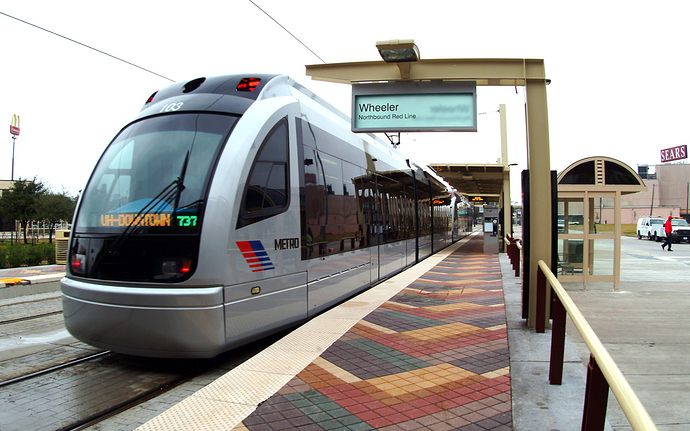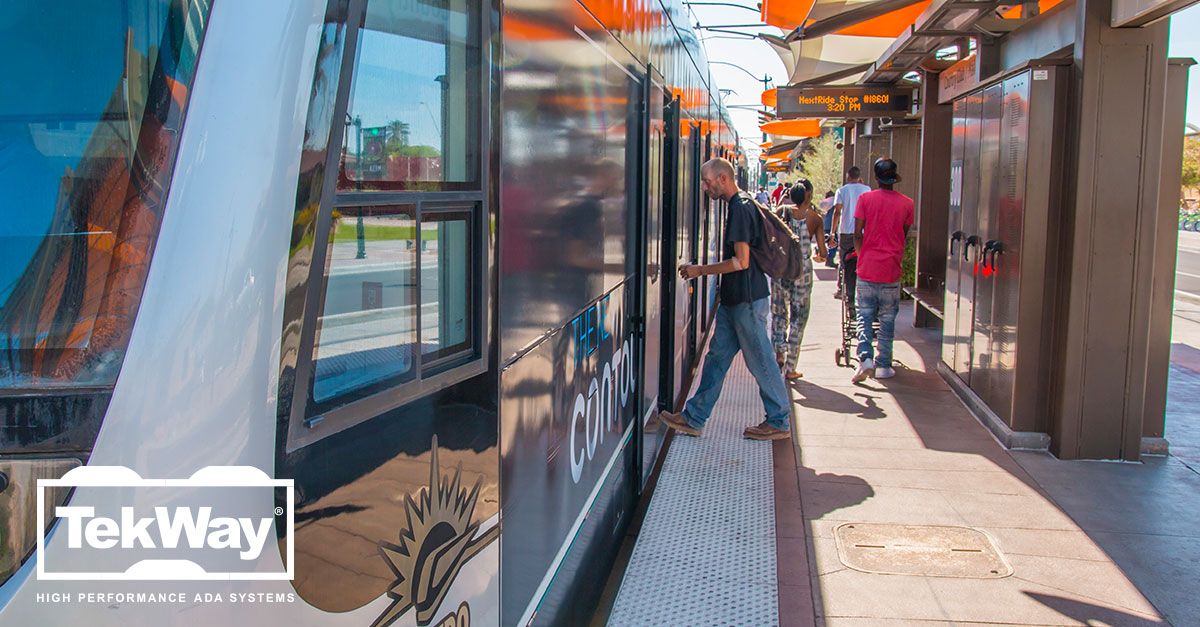Your title’s great. The discussion is good and interesting. Jokes get lost in translation on the Internet. I appreciate you starting the discussion because everyone here obviously cares about Raleigh (and by extension the Triangle’s) transit future.
Thanks, Steve I didn’t think that this topic would evolve the way it did, but I’m glad it did. I love Raleigh and this city has so much potential unlike other cities in the US.
John, I had figured, the typical evolution is commuter rail first, light rail later, for cities, areas, whatever. Am I mistaken? I guess it depends on the physical area characteristics and political appetites involved. But given that commuter rail can use existing tracks it seems like that’s an easier first step. Maybe a big stand alone City like Phoenix, though, a commuter rail would’t have anywhere to go to. Is there typical order of operations historically?
You don’t have to bring different types of rail in any particular order; it just depends on what’s right for the area in question. The “typical evolution” pattern, I think, is just a function of when and at what point of development you’re bringing in the big guns.
For example, DC and San Francisco had similarly sprawled out suburbs with a core city in the 60s so they came up with WMATA/BART, or streetcars were prevalent in Boston, first, because of geographic constraints and high density. The “right order” is whatever is the best response to the priorities you have today (and what you foresee tomorrow as a result of it)
(Don’t forget each of those rail types solve different needs)
As for Raleigh, the question would’ve been whether you want to deal with traffic jams inside the beltline first (light rail-turned-BRT), or the Raleigh-Durham traffic (commuter rail), first. Because of the fast rate of growth in the Triangle, GoTriangle, CAMPO etc. decided the best way to do it was to build both.
I’m not certain if there’s a typical order of implementation. I also don’t know that every city needs to follow a pattern.
It would seem to me that commuter rail works for the Triangle because there are multiple significant job centers and opportunities to densify commuter stops.
As for downtown, I am not so certain that it requires any sort of rail/tram/etc. Raleigh’s core is compact. Densifying it so that there is more to do on foot could easily be supported by an expanded RLine (clockwise and counter clockwise), and possibly some street trollies for tentacle routes into the very core from key locations like NC State, Cameron Village, North Hills, New Bern corridor, Caraleigh/Dix Park, etc. This method is deployed in Miami and it seems to work really well in its rapidly densifying corridors.
http://www.miamiandbeaches.com/plan-your-trip/getting-around/trolleys
I typed in Durham/Chapel Hill light rail and I got this pic. dilemma-x.com I know that Light Rail is a touchy topic But you have to think about the future of Raleigh and where that future is leading us. with all the Pros/Cons of light rail, NOTE: the pic gives an illustration of how light rail can work if we make the effort and investment.
Oh, I changed the Title topic, I hope that helps abit.How many of these can we afford for the cost of a multi billion dollar light rail system?
But unlike light rail, if just one of these ever explodes, gets shot down, or just comes down in a bad way, your customer base would probably go down with it…,
That is probably what was said about commercial airliners in the 30s. I have no idea if that would ever actually work as a transit system, but I do know in the decades it takes to design and Implement a full-fledged light rail system technology will advance beyond anything we can imagine at this time
I agree with pushing commuter rail Forward. It will certainly be a game changer for connecting downtown Raleigh and Durham
I’m all for Commuter Rail myself…and I Pray that City and State leaders come on board 200% and not drag this out for Decades, like they are doing with Light Rail…if it ever becomes a Reality.
Raleigh doesn’t have a route quite like 15-501 between Durham and Chapel Hill job centers. Light rail along this corridor will hopefully focus development and increase access. It quite possibly will be more transformational than the Blue Line was for Charlotte.
Wake County has many corridors and nodes but none jump out as an obvious place for light rail right now. Commuter rail will support existing growth in Downtown Raleigh and Downtown Cary as well as NC State. It can also provide a new framework for growth in the more sprawling areas of the county which include Cary, Morrisville, and Garner. RTP can also be included in this list. I think the Transit Plan makes a good case for commuter rail and expanded bus service as a foundation for expanding transit options in the future.
Raleigh should revisit the “Draft Growth Framework” from years past. Are we seeing growth in these areas more than others? Are we incentivizing growth and does it support transit? My assesment is that the City could be doing more. If the mixed-use development being built in Crabtree Valley and North Hills/Midtown still encourage driving, not to mention relatively newer development at Brier Creek and Triangle Town Center, we are missing opportunities.
Good points. It’s a real challenge to run rail in Wake County. Seems pretty bad when so many major areas are untouched by pretty much any proposal - no service to North Hills. None to Crabtree Valley, nor to Briar Creek (none of the proposals run along Hwy 70). No service to RDU! The Wake plan is just a mess. You can go from downtown to Morrisville and then Durham. That’s it??
I’ve lived in Raleigh since June of 1994. When we moved here there was all sorts of talk of light rail between Raleigh and RTP/Durham.
Twenty five years later there’s still nothing but talk. I agree, it is sad.
And as long as gas prices remain artificially low and state and federal fuel tax rates do not even keep pace with inflation I don’t expect to see any changes.
As much as DTR has grown and continues to develop I think the prevailing mentality in the Triangle is still “drive until you qualify.”
Why do you think gas prices are “artificially low?” They are just low.
I think we’ve been looking at wrong. We’re trying to connect downtown to RTP. RTP is too spread out to really make stops efficient. If we look at Charlotte, you’ve got a single line (not all that long, right?) that connects one part of CLT to uptown.
I think that’s how you start. With a 5 mile line. Not a 17 mile line.
Then, you let that line develop density. Then start another. But let downtown Raleigh be the destination. Not RTP
I’d just like to see rail connecting downtown Durham to downtown Raleigh with stops at the airport and PNC.
And not like Amtrak
Exactly.
A line from downtown Raleigh to Downtown Durham with an airport stop and a PNC stop would change everything and it would be pretty simple. Let it grow from there.
Why isn’t this being discussed more?
For me a no brainer coming from Europe originally. Besides the economic consideration we need to consider quality of life and appeal to newcomers (companies/individuals) as well. Example: The subway/light rail network in Vienna with high frequency and cheap fares is not an economic venture by itself. The city actually carries a share of the operating cost to make it a reality.
I agree with JDenny: Arguably any light rail project in the US/CAD resulted in higher density along the stops. Yes Raleigh-Durham it is a sprawling area with decentralized commuting patterns but we have to start somewhere - Then density will follow



